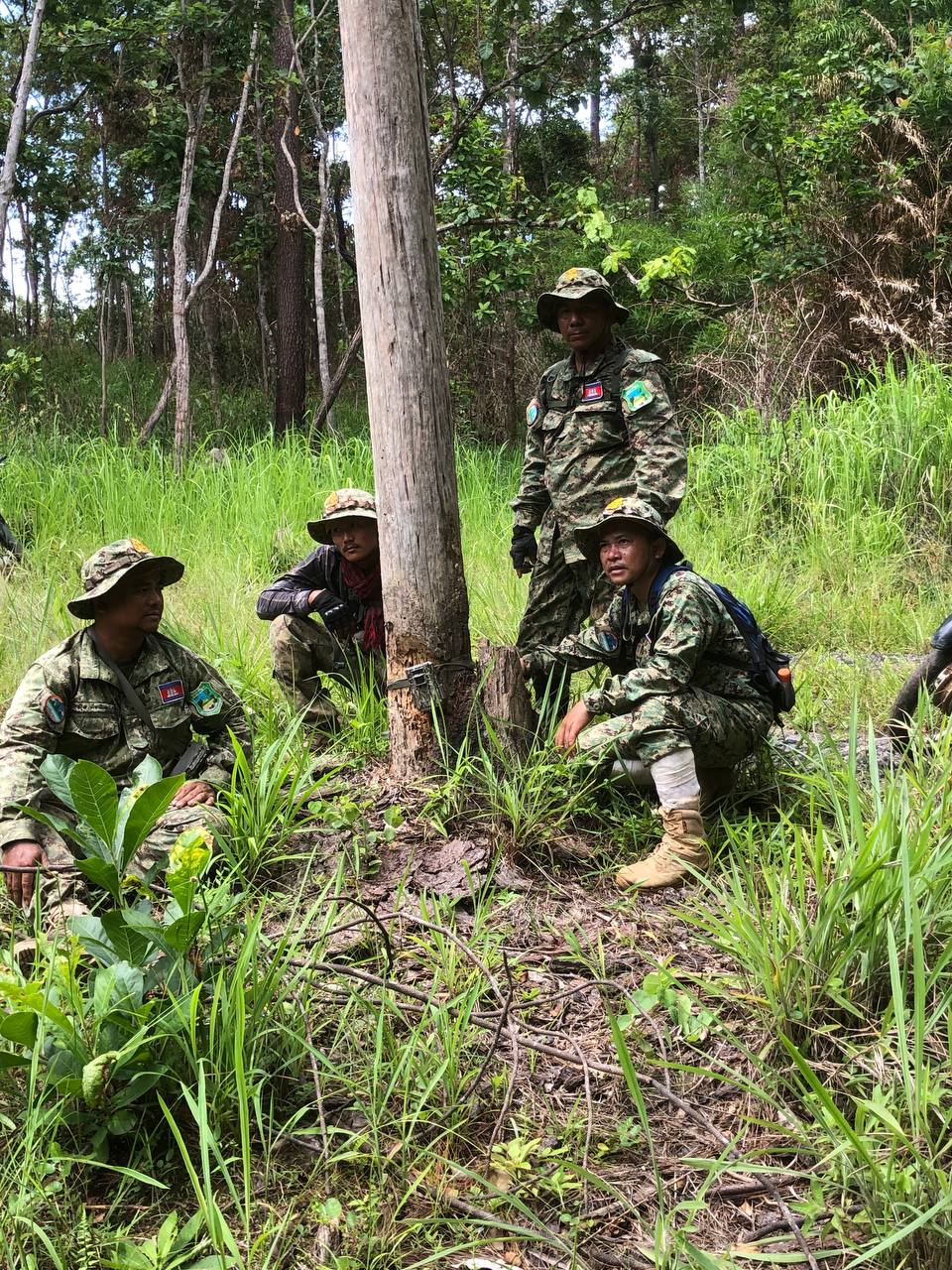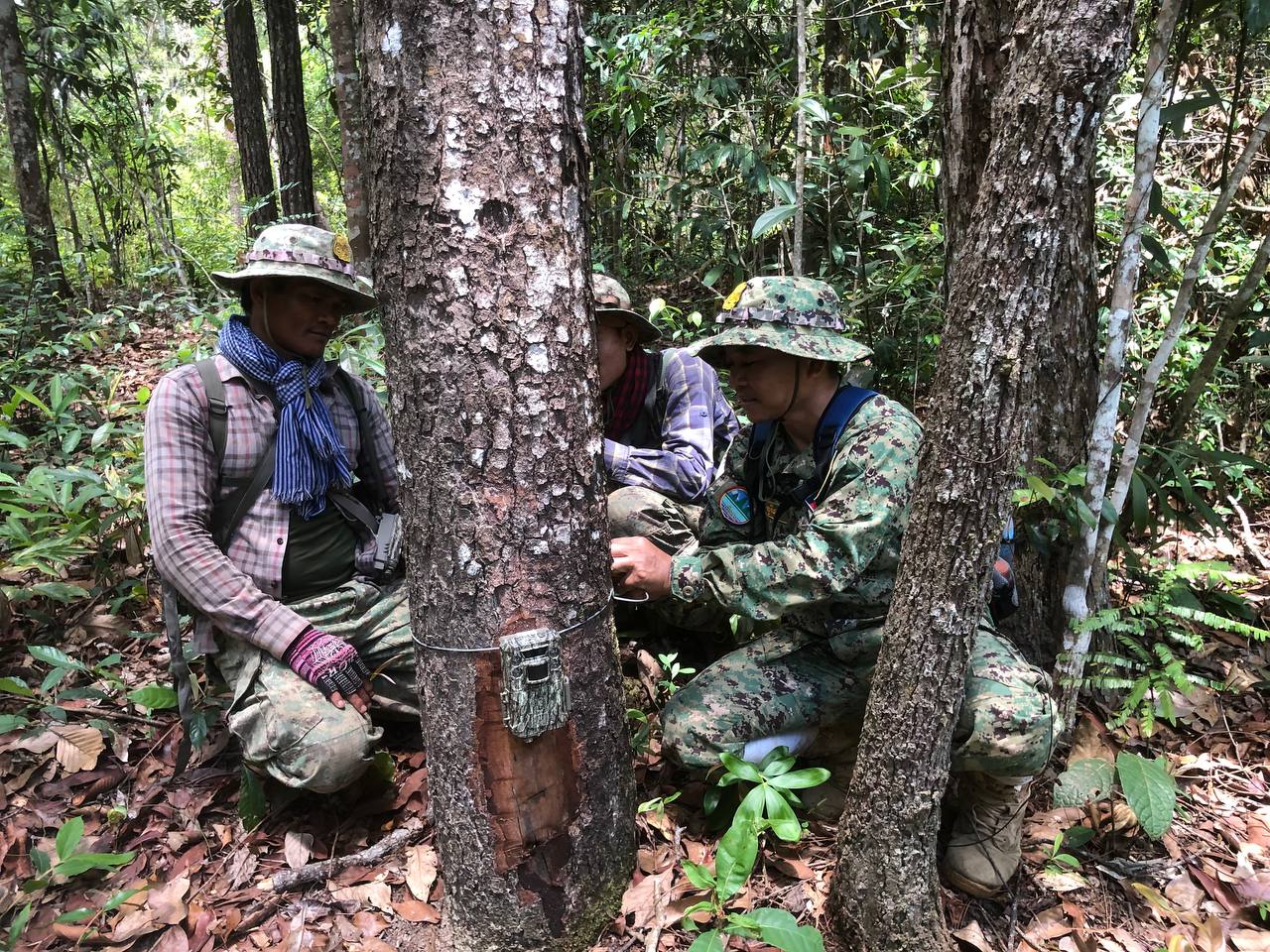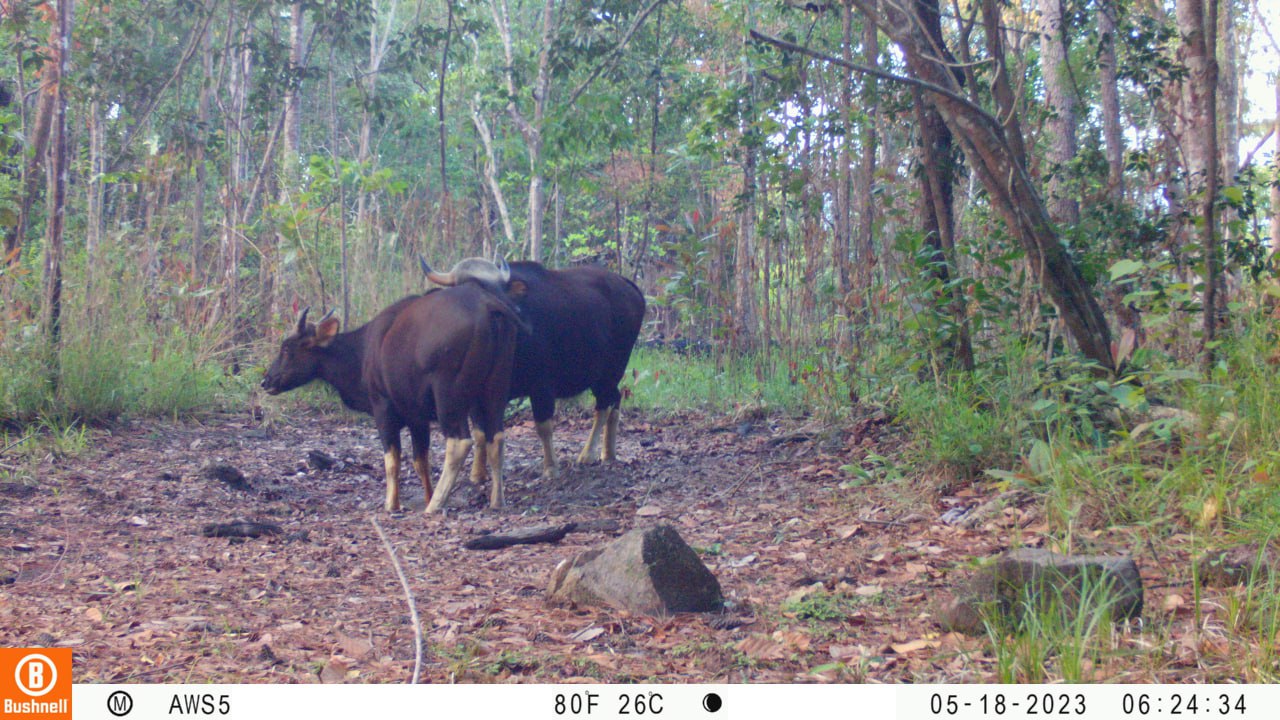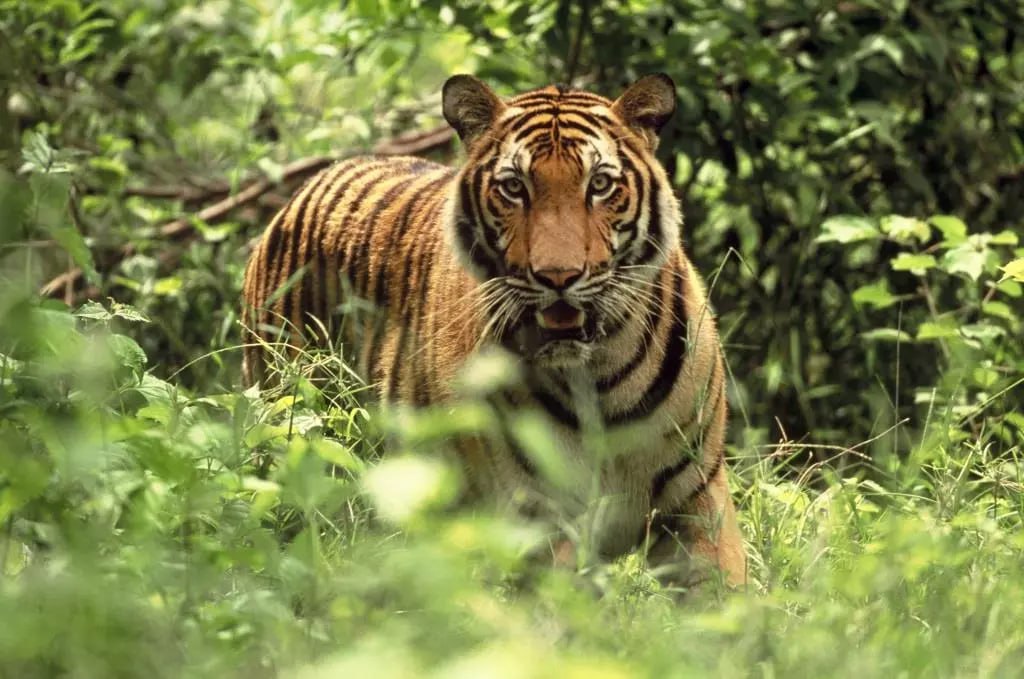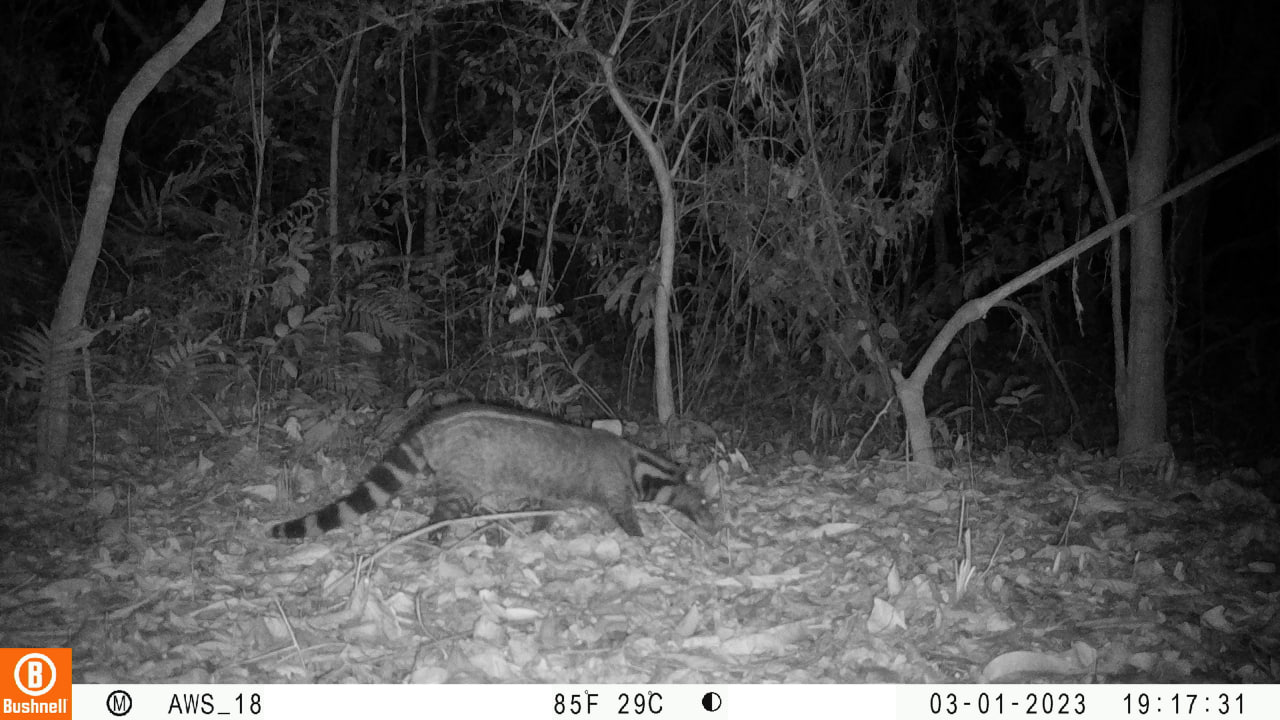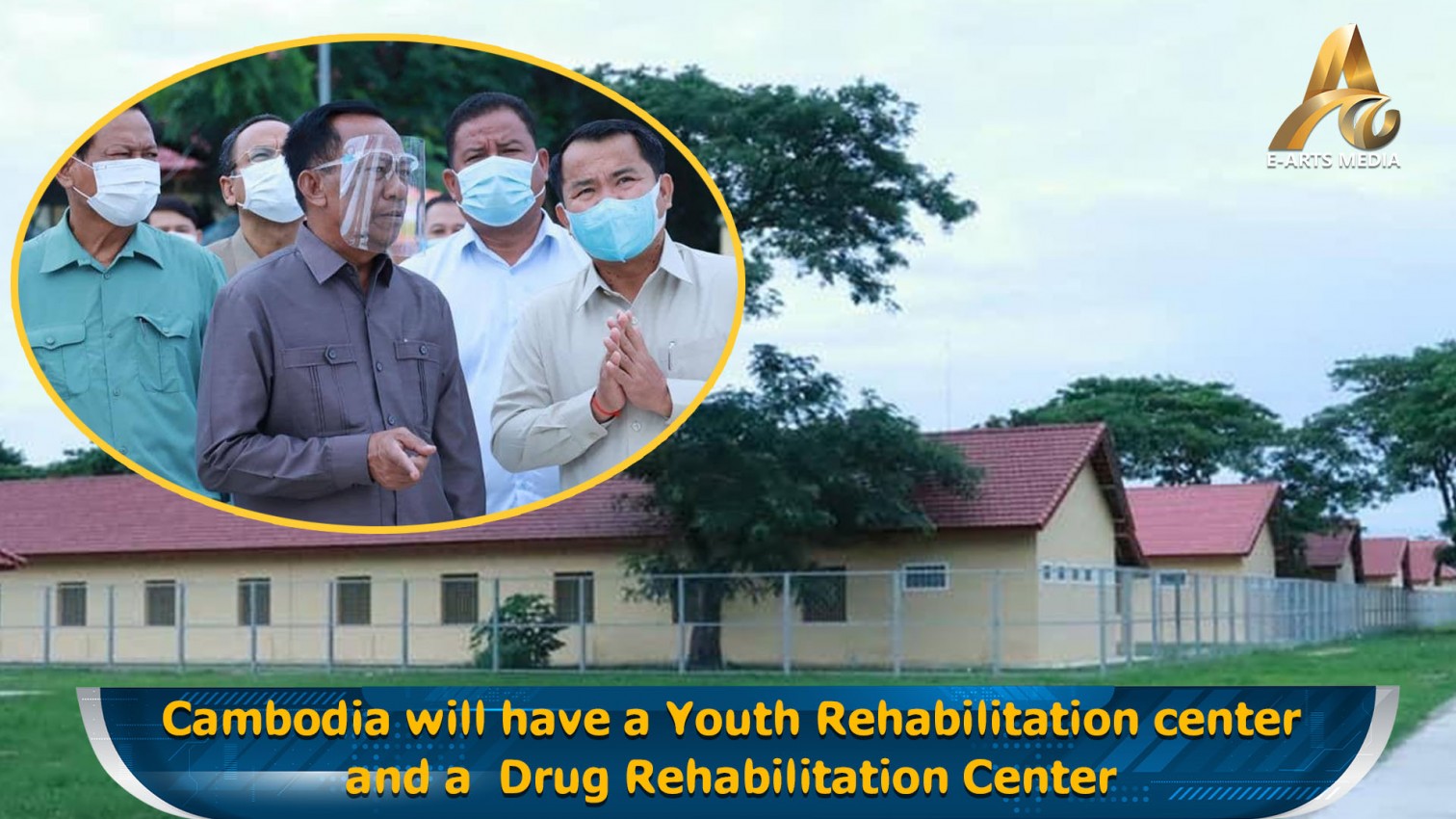Phnom Penh: The Ministry of Environment plans to expand its camera network in the Cardamom Mountains, focusing on monitoring wildlife that serves as prey for big tigers. Minister of Environment Eang Sophalleth announced this in a recent media interview.
Following expert recommendations, the ministry will install cameras at one-kilometer intervals. These cameras will operate during the dry season and rainy season transition, capturing images for analysis by specialists to identify potential tiger prey species.
"This initiative will provide crucial data on the availability of wildlife resources for big tigers," explained Minister Eang Sophalleth. "Based on this information, conservationists can develop strategies to address prey shortages. Options might include supplementary feeding with domestic cattle or buffalo, introducing additional prey species, or managing wildlife densities."
He further highlighted the ministry's ongoing collaboration with partners like Wildlife Alliance (WA), Conservation International (CI), Fauna & Flora International (FFI), and the CSLEP project. Since 2019, 382 cameras have been installed in the Cardamom Mountains National Park to monitor rare and endangered wildlife, inform management plans, and assess prey availability for big tigers.
It's important to note that Cambodia and India signed a Memorandum of Understanding in November 2022, outlining cooperation in biodiversity conservation, sustainable wildlife management, and big tiger restoration efforts.
As part of this collaboration, the Ministry of Environment and WA have established a 90-hectare enclosure within the Tatai Wildlife Sanctuary. Equipped with fences, cages, ponds, and prey species, this facility will serve as an acclimatization zone for big tigers gifted by India before their release into the protected area's core zone.
The Big Tiger Rehabilitation Project aims to reintroduce tigers to Cambodia after their local extinction in 2007. Globally, tiger populations have declined by 95% since the early 20th century, with current estimates hovering around 3,200 individuals.
